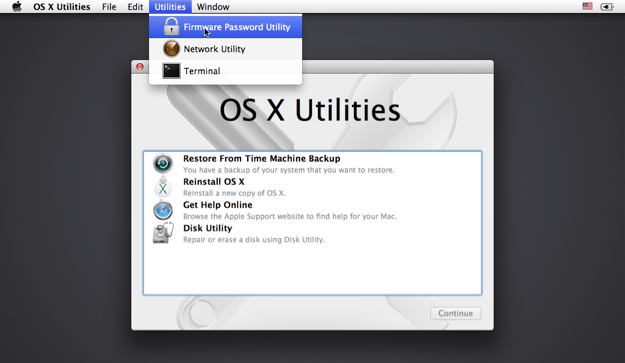

Way 5: Recover Data from Backup or Cloud Storage Services Click Restore to restore the selected files.Locate the data you want to recover using the timeline on the right edge of the screen.Click the Time Machine icon located in the Menu Bar and choose Enter Time Machine.For example, if the data was in your Documents folder, open Finder and select Documents from the sidebar on the left. Open the folder that contained the deleted data.Connect your Time Machine backup disk to your Mac.Best of all, you can choose specifically which files you want to get back, so there’s no need to restore many GB of data just to recover a single document.įollow these steps to restore your data using Time Machine: If you already do, you’re in luck because Time Machine makes restoring lost or accidentally deleted data a breeze. Since Mac OS X Leopard, all MacBook Pro users can use what’s arguably the most user-friendly backup and versioning software for macOS: Time Machine. Download, install, and launch Disk Drill on the working Mac and recover your data just like you would normally (see the next chapter for step-by-step instructions).You can also activate Target Disk Mode by going to Apple menu > System Preferences > Startup Disk > Target Disk Mode. Turn off your Mac and start it up while pressing and holding the T key.Connect your Mac with another Mac using a FireWire or Thunderbolt cable.Disk Drill is a great choice because a single Disk Drill activation code works on up to three computers.įollow these steps to retrieve your data using Target Disk Mode: This means that you can retrieve lost data from an unbootable Mac using data recovery software running on a different Mac. Simply put, Target Disk Mode can turn your Mac into an external storage device that you can access from another Mac using Thunderbolt or FireWire. That’s bad news for those who would like to recover data from a MacBook Pro that doesn’t want to boot but don’t feel confident enough to take it apart.įortunately, Apple has a solution, and it’s called Target Disk Mode. For example, iFixit gave the latest MacBook Pro a repairability rating of just 1 out of 10 (10 is easiest to repair), stating that Apple still has a long way to go when it comes to designing serviceable devices. Truth be told, not all MacBooks are easy to take apart and service. Way 3: Retrieve Mac Data by Using Target Disk Mode


If you’re using macOS Big Sur, use previously described method. ⚠️ Please remember that this method works only on macOS Catalina and older.


 0 kommentar(er)
0 kommentar(er)
